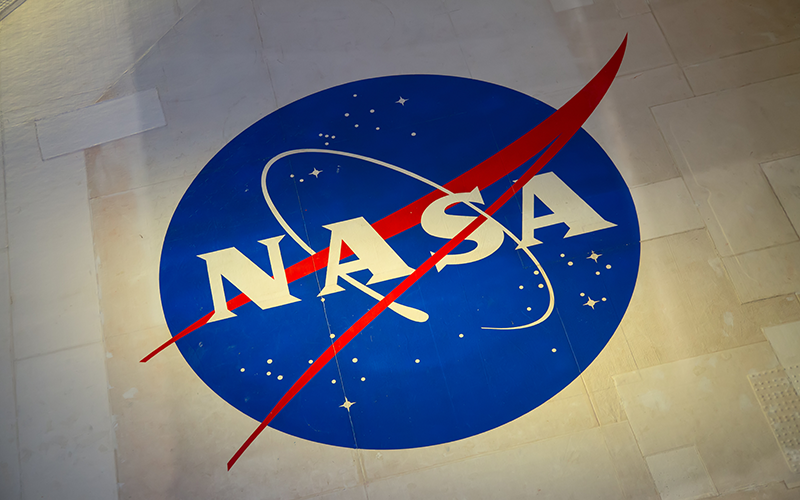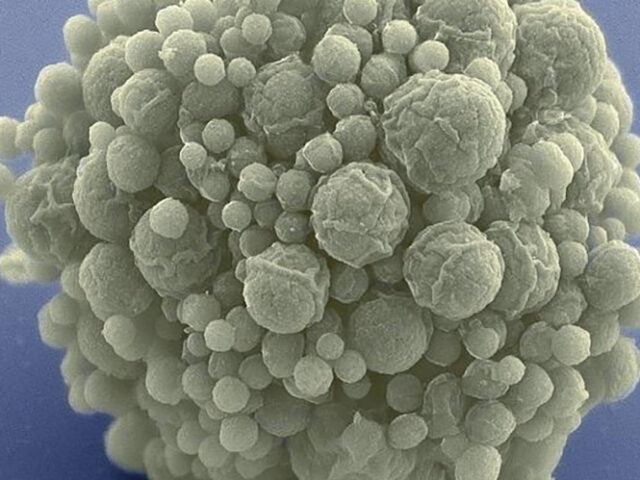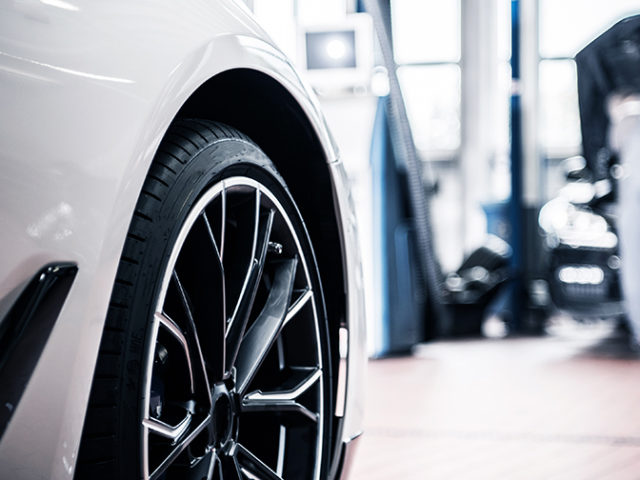A first-generation student from North Carolina, Raquel Cervantes Espinosa, will continue her education journey with renewed motivation after spending time as a NASA Pathways Intern at NASA’s Stennis Space Centre near Bay St. Louis, Mississippi.
Cervantes Espinosa, the first in her family to attend college and a junior at Duke University, chose the internship at NASA Stennis for the opportunity to work with large rocket engines. Despite initial nerves about traveling to Mississippi and the Gulf Coast, the electrical engineering major found a welcoming environment at NASA Stennis, gaining valuable insights into how her academic studies align with real-world applications at NASA.
Reflecting on her experience, Cervantes Espinosa stated: “It feels like NASA is really investing in me as an individual, and the people that I work with make it feel that way, too. I feel valued here and feel like I can grow with my career and degree studies in terms of what I want to do in the future. I really enjoyed my time at NASA Stennis during the fall and look forward to returning in the summer.”
Her responsibilities during the fall semester involved working with test stand camera systems, including those supporting NASA’s certification test series of the RS-25 engine. This series contributes to the development of updated engines for future Artemis missions to the Moon and beyond, utilising the SLS (Space Launch System) rocket.
David Carver, Deputy Branch Chief of the Electrical Operations Branch at NASA Stennis, commented on her tenure, saying: “Raquel had a great first semester as a Pathways Intern learning about various electrical and mechanical systems. Her shining accomplishment for the semester was the new test operations video system that she helped design and bring online. The system will provide test engineers with new insight into the operation and health of critical propulsion systems. I look forward to seeing what she accomplishes in the future.”
At the Fred Haise Test Stand, where RS-25 hot fires occur, Cervantes Espinosa set up thermal visual cameras that enhance safety by allowing engineers to monitor critical areas and potentially identify gas leaks. She also engaged in data analysis and instrumentation work related to the RS-25 engine.
Cervantes Espinosa acknowledged the impact of her NASA experience, noting: “A lot of the experience I’m getting from working at NASA Stennis, a lot of the stuff I’m learning now, is really shaping how I see engineering differently than I used to.”
With a projected graduation date in 2026, Cervantes Espinosa finds her path both challenging and rewarding. She advises other first-generation students: “I would encourage other first-generation students to keep your head up and keep going. It sounds very cliché, but I think it’s really accurate for people like me and a lot of my friends who are first-generation students in engineering and beginning to immerse ourselves into the workforce and see what we need to do. Keep your head up, keep going, and really take advantage of such opportunities because they are out there, and people want the best for you and want to invest in you. You just have to go and seize the opportunity.”
The NASA Pathways Intern Programme accepts applications in the spring and fall, with postings available on USAJobs.gov. Application windows typically open around February and September each year.
For information about the NASA Pathways programme, visit: NASA Careers: Pathways – NASA




